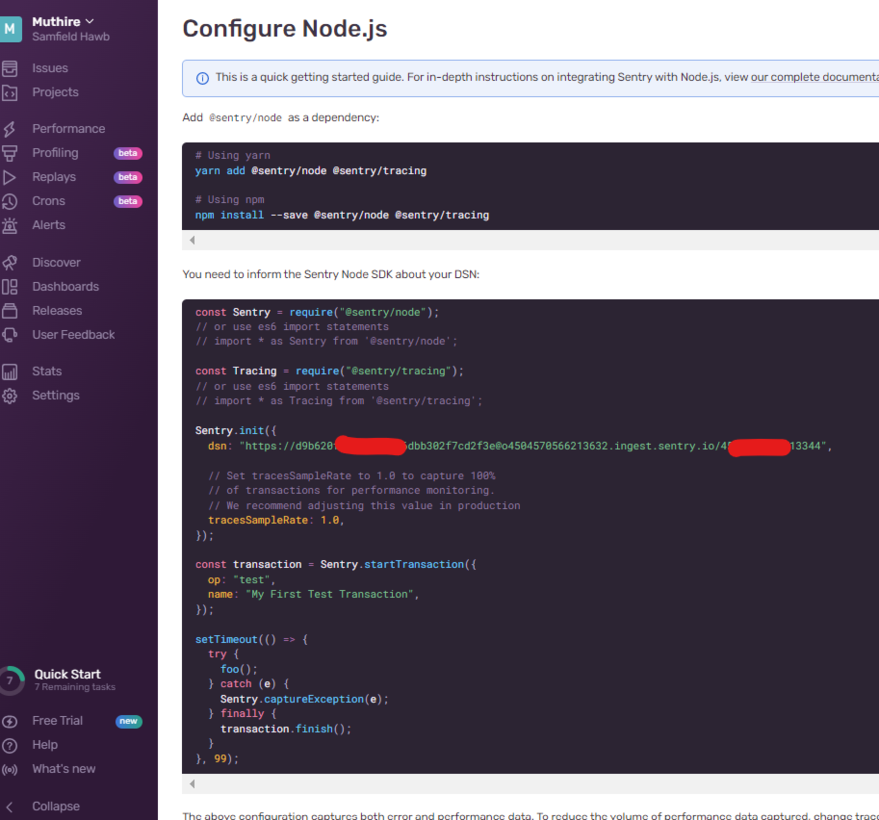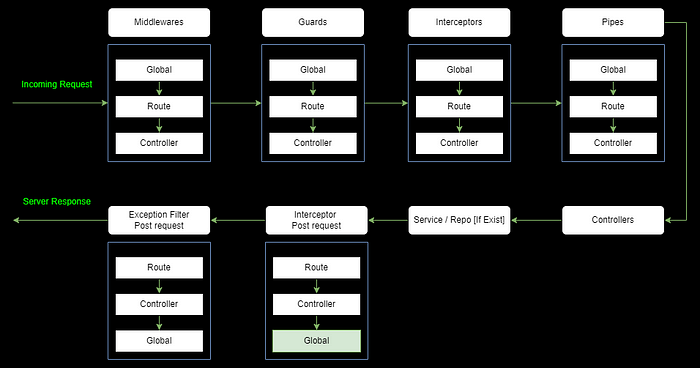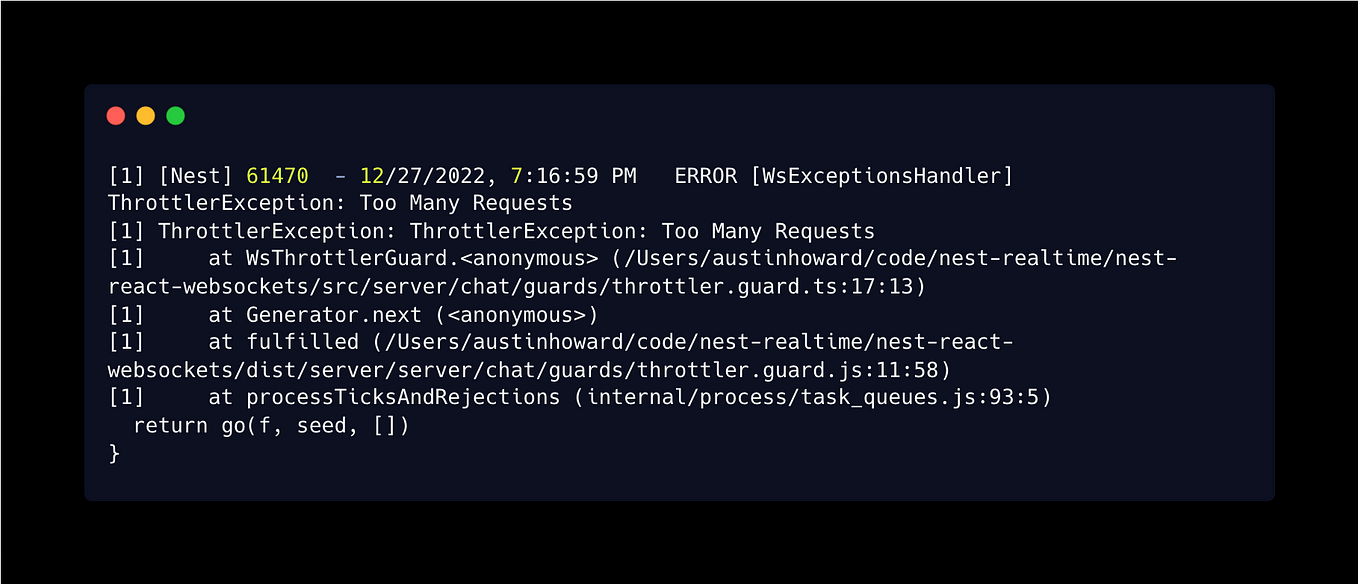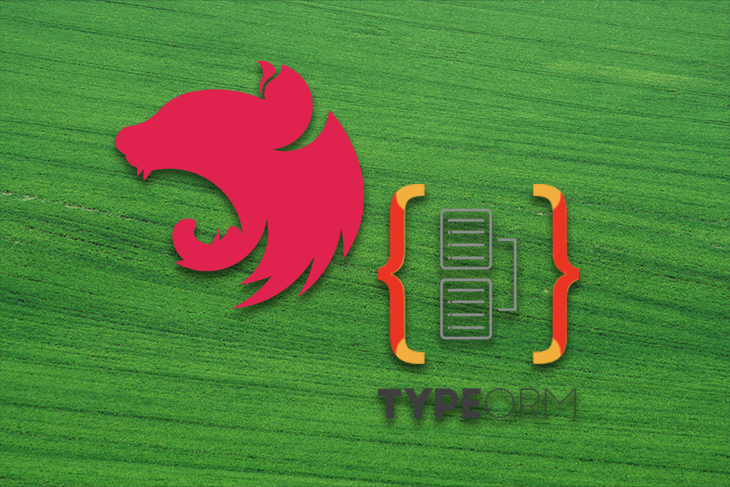How to Use Exception Filters to Catch Bugs in Nest.js
Por um escritor misterioso
Descrição
It's common to find errors and bugs in your code if you're a software developer. They might occur because of incorrect input, from passing the wrong data types, or because of delays or response timeouts. And even though errors and bugs are a part of life, they can stress
It's common to find errors and bugs in your code if you're a software developer. They might occur because of incorrect input, from passing the wrong data types, or because of delays or response timeouts. And even though errors and bugs are a part of life, they can stress you out and decrease your productivity. Fortunately, you can limit the number of pests in your code by taking proactive measures to prevent and fix them. In this article, you will learn how best to utilize exception filters
It's common to find errors and bugs in your code if you're a software developer. They might occur because of incorrect input, from passing the wrong data types, or because of delays or response timeouts. And even though errors and bugs are a part of life, they can stress you out and decrease your productivity. Fortunately, you can limit the number of pests in your code by taking proactive measures to prevent and fix them. In this article, you will learn how best to utilize exception filters

Learn how to add Input Validation to a REST API with NestJS and Prisma

Exception Filters in Nest.js

Node.js Framework Series — 1.2.1. NestJS — Controllers

How to Build an Error Handling Layer in Node.js

Node.js Error Handling Best Practices: Hands-on Experience Tips

Monitoring your NestJS application with Sentry — Soshace • Soshace

Centralized Error Handling in NestJS

Node.js at Scale: Tips for Building and Maintaining Large Node.js

NestJs Pipe vs filter - Stack Overflow

NestJS vs Laravel: Which Framework Should You Choose? - Frontend Mag

Nest JS Websockets - Rate Limiting and Acknowledgements

End-to-end testing in NestJS with TypeORM - LogRocket Blog
de
por adulto (o preço varia de acordo com o tamanho do grupo)







